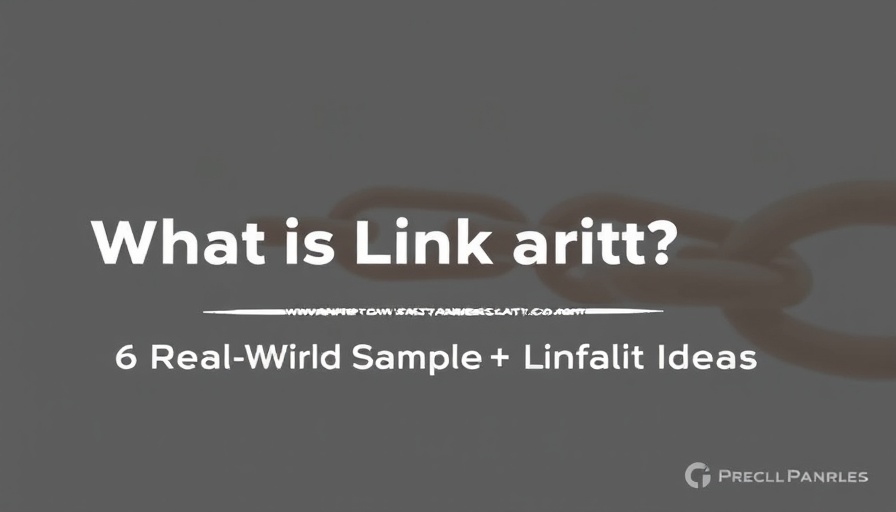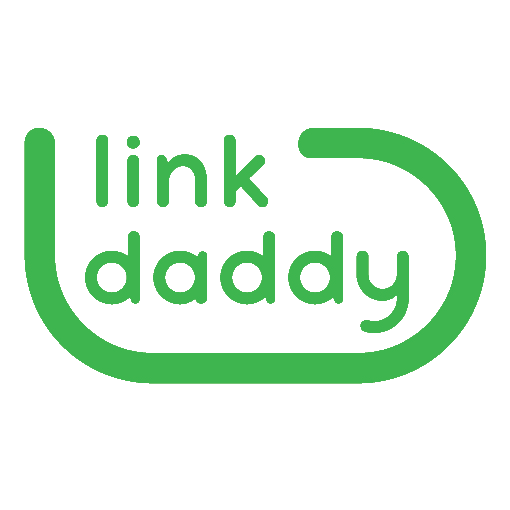
Understanding Link Bait: The Key to Driving Backlinks
Link bait is a potent tool in the digital marketing arsenal, designed to attract backlinks from other websites. This kind of content typically stands out due to its unique, useful, and engaging nature, encouraging other creators to link to it. Whether it’s a compelling infographic, a controversial post, or a research report, effective link bait grabs attention and fosters sharing.
Why Does Link Bait Work So Well?
The effectiveness of link bait lies in its ability to address a problem, evoke emotions, or provide valuable insights. High-quality backlinks enhance the authority of your site in the eyes of search engines, leading to improved visibility and ranking. For instance, a case study featuring Semrush noted that its click-through rate report garnered over 25,000 backlinks, significantly impacting its search engine performance. Once link bait is successfully established, it can continue generating traffic and links with minimal additional effort for years to come.
Six Real-World Examples of Effective Link Bait
Examining successful campaigns can provide inspiration for your own link bait strategies. Here are six examples that effectively attracted backlinks:
1. Semrush’s Most-Visited Website Study
A comprehensive analysis of popular websites across various industries, Semrush’s study is updated regularly. This evergreen content attracts thousands of backlinks due to its compelling statistics and user curiosity.
2. IDRlabs’ Food Disgust Test
A fun and interactive quiz where users rank their reactions to various food items, prompting them to share results. This engaging format leads to approximately 1,400 backlinks, showcasing the power of engaging quizzes in link bait strategy.
3. The Points Guy’s Monthly Valuations
This report provides updated value assessments for loyalty program points across credit cards. Many publishers link to it for convenience, leading to around 8,000 backlinks.
4. JustPark’s Reaction Time Test
A simple, engaging game comparing the user's reaction time to average results across age groups. This interactive form of link bait has appeared in major publications, collecting over 4,400 backlinks.
5. 99designs’ Fundamentals of Color Theory
Providing valuable insights into color usage, this piece has effectively attracted widespread attention in the design community, demonstrating how educational content can serve as link bait.
How to Create Your Own Link Bait
Creating effective link bait involves multiple strategies. Here are some actionable insights:
1. Address Pain PointsYour content should solve a common problem for your target audience. Identifying issues they face allows you to create content that genuinely resonates.
2. Leverage Emotional ResponsesContent that evokes strong emotions—be it positivity or controversy—tends to see higher engagement and sharing levels. Explore ways to stir feelings that relate to your topic.
3. Optimize HeadlinesAs advertising legend David Ogilvy suggested, dedicating ample time to crafting engaging headlines can dramatically affect your content’s performance. Use numbers, questions, or shocking claims to enhance curiosity.
Common Misconceptions About Link Bait
A prevalent misconception is that all link bait has to be entirely unique. In reality, analyzing existing successful content and improving upon it can yield higher rewards. Also, not every piece of content will go viral, but consistent quality and strategy will gradually build strong backlinks.
Final Thoughts: The Everlasting Value of Link Bait
Ultimately, mastering link bait can drastically enhance your SEO strategy and foster long-term benefits. By focusing on creating content that serves your audience's needs while employing effective strategies, your digital marketing efforts can see significant growth.
Start crafting your own engaging content today and watch as the backlinks roll in!
 Add Row
Add Row  Add
Add 




Write A Comment